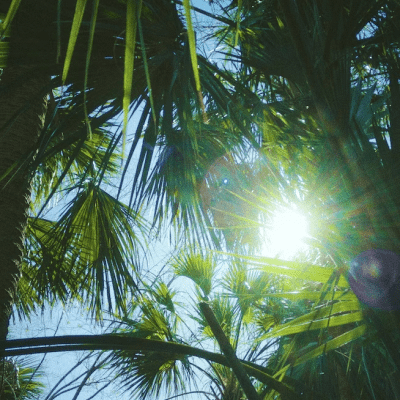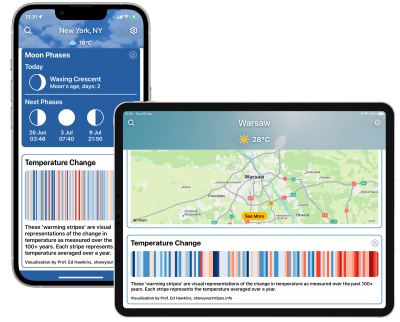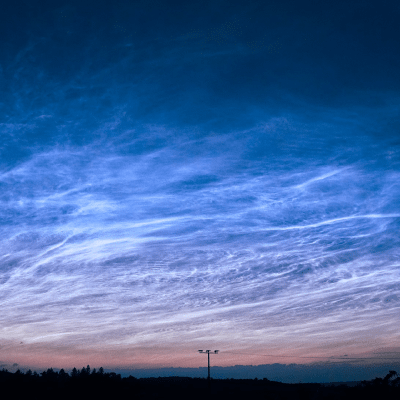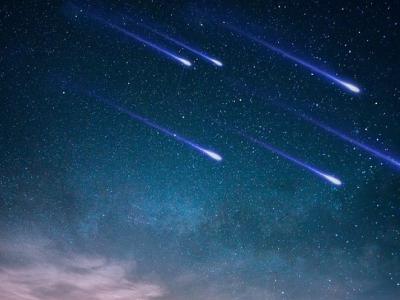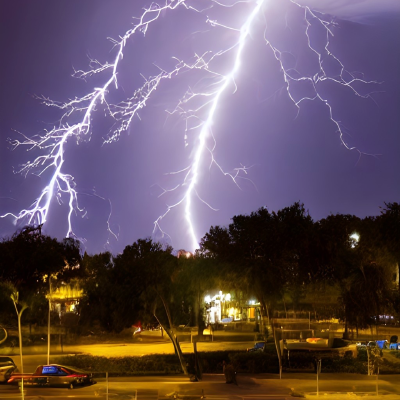
World Lightning Capital
Do you know where the “World Lightning Capital” is? To visit it, you will have to go to Venezuela, to the municipality of Catatumbo. It was this area that got the title of the “World Lightning Capital” after the Guinness Book of Records recorded the world’s highest concentration of lightning in this region.
Read more...